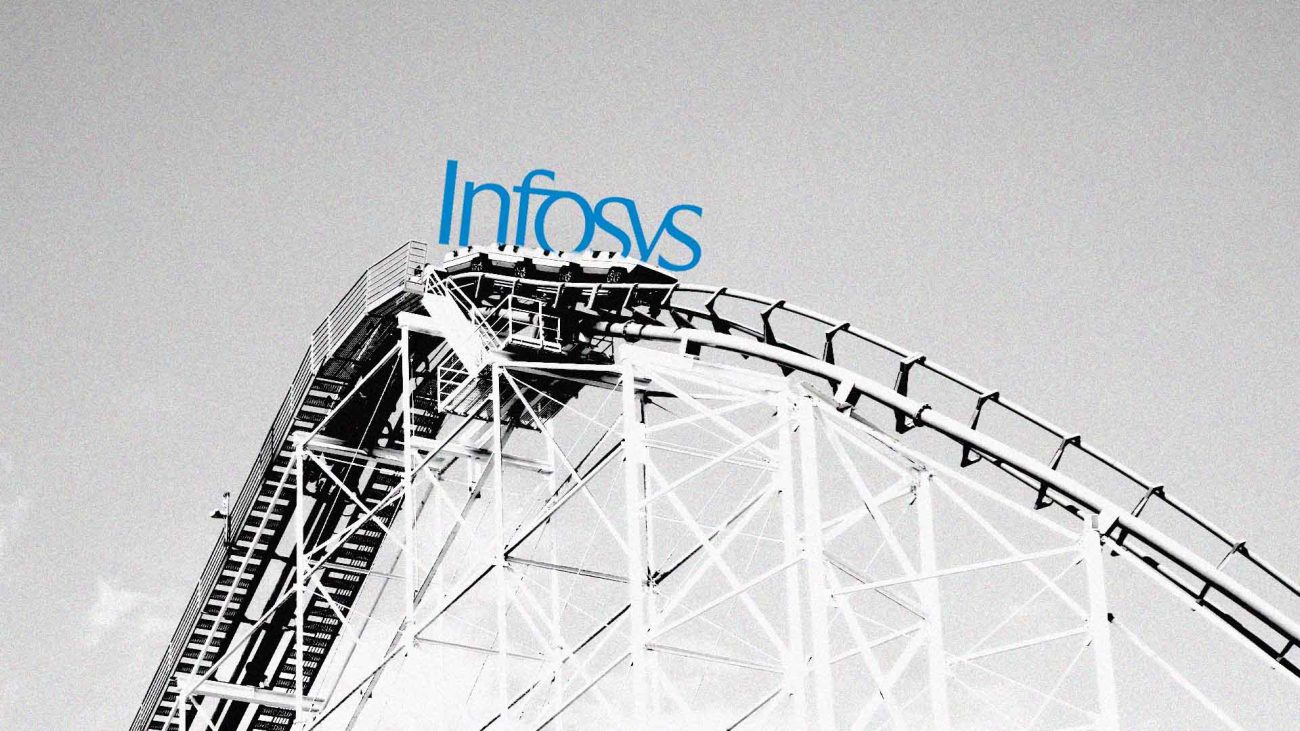In March 2023, during the GTC conference, NVIDIA unveiled BioNeMo cloud, an array of generative AI cloud services within its AI Foundations Suite. Building on this innovation, the company is now advancing by releasing beta versions of cloud APIs for BioNeMo, seamlessly incorporating them into platforms tailored for drug discovery workflows, as announced at the JP Morgan Healthcare Conference in San Francisco today.
Initially, BioNeMo featured tools like AlphaFold2 by DeepMind, DiffDock by MIT, ESMFold, ESM2 by Meta, MoFlow by Cornell University, and ProtGPT-2.
The updated cloud APIs will now encompass foundation models from three distinct sources — in-house models, such as the MolMIM generative chemistry model, facilitating small molecule generation; open-source models by global research teams, optimised by NVIDIA, such as the OpenFold protein prediction AI; and models created by its partners, such as Recursion’s Phenom-Beta designed for embedding cellular microscopy images.
“Healthcare is inherently complicated. We aim to make it easier for researchers who can fine-tune these models on proprietary data, run AI model inference through web browsers or cloud APIs, and access pre-trained models for drug development,” Kimberly Powell, VP of healthcare, NVIDIA, told AIM.
Powell has been with the tech giant for over 15 years and leads the company’s efforts to advance imaging and life sciences with GPU computing and deep learning.
The company also announced that California-based biopharmaceutical MNC Amgen aims to leverage generative AI for drug discovery. Amgen will use an AI system named Freyja, powered by an NVIDIA DGX SuperPOD, to analyse a vast human dataset at its deCODE genetics’ headquarters in Iceland.
The system aims to create a human diversity atlas for drug target and disease-specific biomarker discovery, facilitating diagnostics for disease monitoring. Additionally, Freyja will contribute to the development of AI-driven precision medicine models for personalised therapies, leveraging the computational power of 31 NVIDIA DGX H100 nodes with 248 H100 Tensor Core GPUs for accelerated research.
Under the Hood
BioNeMo APIs now grant access to cutting-edge models, including Phenom-Beta from Recursion, a clinical-stage biotech company backed by NVIDIA. This AI model is designed as a vision transformer, specifically created for extracting biologically meaningful features from images captured through cellular microscopy.
The primary focus is on leveraging AI to identify and understand key characteristics within cellular structures, aiding researchers in gaining valuable insights into cell functions and responses to stimuli such as drug candidates or genetic engineering.
Phenom-Beta demonstrated strong performance in image reconstruction tasks, a key metric for evaluating model proficiency. The model was trained on Recursion’s RxRx3 dataset using the BioHive-1 supercomputer, based on the NVIDIA DGX SuperPOD reference architecture.
To enhance model development, Recursion is expanding its supercomputer with over 500 NVIDIA H100 Tensor Core GPUs, aiming to create one of the most powerful supercomputers owned by a biopharma company.
On the other hand, there is MolMIM, NVIDIA’s in-house model that generates small molecules while giving users finer control over the AI generation process—identifying new molecules that possess desired properties and follow constraints specified by users.
For example, researchers could direct the model to generate molecules that have similar structures and properties to a given reference molecule. MolMIM is trained using a method called Mutual Information Machine (MIM) learning, and it creates a fixed-size representation of different types of molecules.
Creating Real-Life Impact
Apart from Amgen, various other companies are using NVIDIA BioNeMo for biology, chemistry, and genomics research. For example, Terray Therapeutics integrates BioNeMo cloud APIs into its multi-target structural binding model development.
Innophore and Insilico Medicine apply BioNeMo to computational drug discovery, with Innophore incorporating it into the Catalophore platform, and Insilico using it in their generative AI pipeline for early drug discovery.
Additionally, OneAngstrom and Deloitte utilise BioNeMo cloud APIs to build AI solutions—OneAngstrom for molecular design on the SAMSON platform and Deloitte for scientific research integration with the Quartz Atlas AI platform on NVIDIA DGX Cloud.
This integration enhances data connectivity and generative AI capabilities, propelling biopharma researchers into a new era of accelerated drug discovery.
More recently, in November last year, Roche Group’s Genentech and NVIDIA entered a multi-year research collaboration to enhance the former’s machine learning algorithms using NVIDIA’s DGX Cloud platform tailored for AI applications in drug discovery.
Activities of the Rest
While NVIDIA is making a real-life impact with their healthcare initiatives, other tech giants are not lagging either.
Isomorphic Labs, the drug discovery arm of Alphabet has announced today that it is collaborating with pharma giants Eli Lilly and Novartis to discover small-molecule treatments for multiple targets.
Just two months ago, Isomorphic and Google DeepMind launched the updated version of AlphaFold 2 that can now predict structures from nearly all molecules in the Protein Data Bank (PDB)—a comprehensive database for 3D biological molecule structures. It has extended its capabilities to include small molecules, proteins, nucleic acids, and molecules with post-translational modifications.
Meanwhile, AlphaFold has already found a variety of real-life applications including finding vaccines for malaria, liver cancer, COVID-19, delivering gene therapy and more.
On the other hand, Microsoft-backed OpenAI teamed up with WHOOP for a GPT-4-driven personalised health coach. They also partnered with Summer Health, using GPT-4 to assist doctors in generating visit notes from detailed observations.
Similarly, Apple, and Oracle are also investing in implementing AI in healthcare. Surprisingly, Meta, having disbanded its protein folding team, remains conspicuously silent in this pivotal space.














































































